Home>Gardening & Outdoor>Landscaping Ideas>When To Cut Monkey Grass
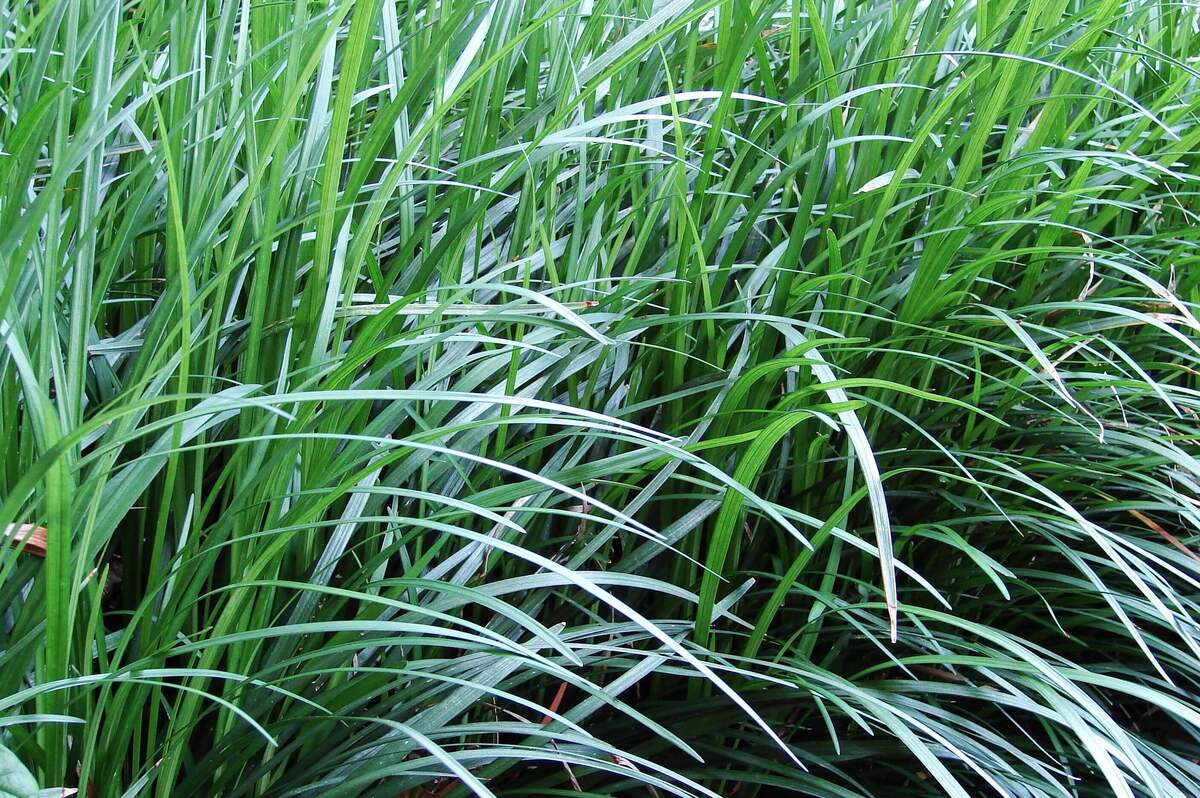

Landscaping Ideas
When To Cut Monkey Grass
Modified: March 29, 2024
Learn the best landscaping ideas for when to cut monkey grass and keep your yard looking its best. Discover expert tips and techniques for maintaining your outdoor space.
(Many of the links in this article redirect to a specific reviewed product. Your purchase of these products through affiliate links helps to generate commission for Storables.com, at no extra cost. Learn more)
Introduction
Welcome to the wonderful world of monkey grass! Whether you're a seasoned gardener or just starting to explore the joys of landscaping, monkey grass can be a fantastic addition to your outdoor space. This versatile and resilient plant, also known as liriope, is prized for its low maintenance and ability to thrive in various conditions. As you cultivate your garden, it's essential to understand the best practices for caring for monkey grass, including knowing when to cut it.
In this comprehensive guide, we'll delve into the art of maintaining monkey grass, exploring the signs that indicate it's time for a trim, the optimal timing for cutting, and the proper techniques to ensure a healthy and vibrant display. By the end of this article, you'll feel confident in your ability to care for monkey grass, enhancing the beauty of your landscape while promoting its long-term well-being.
So, let's embark on this horticultural journey together, as we uncover the secrets of when and how to cut monkey grass to achieve a flourishing and aesthetically pleasing outdoor oasis.
Key Takeaways:
- Trim monkey grass in early spring to remove damaged foliage and promote healthy growth. Regular trims in late summer/fall also rejuvenate the plant, maintaining its vibrant appearance.
- When cutting monkey grass, aim for a few inches above the ground using sharp shears. Dispose of trimmings and water the plant to support recovery and new growth.
Read more: How To Cut Back Monkey Grass
Understanding Monkey Grass
Before delving into the intricacies of when to cut monkey grass, it's crucial to grasp the nature of this beloved plant. Monkey grass, scientifically classified as liriope, is a resilient and versatile perennial often utilized as a ground cover or border plant in landscaping. Its lush, grass-like foliage and delicate, lilac-hued blooms make it a popular choice for adding texture and visual interest to gardens, pathways, and borders.
One of the most appealing attributes of monkey grass is its adaptability to different environments. Whether your garden basks in full sun or boasts shaded nooks, monkey grass can thrive, making it a go-to option for various landscaping scenarios. Additionally, its low-maintenance nature and ability to withstand drought and deer make it an ideal choice for both novice and experienced gardeners.
As an evergreen plant, monkey grass retains its verdant allure throughout the year, providing a consistent backdrop for seasonal blooms and foliage. Its resilience and aesthetic appeal have cemented its status as a staple in many landscapes, offering not only visual charm but also practical benefits such as erosion control and weed suppression.
By understanding the adaptable and enduring nature of monkey grass, you can appreciate its value as a foundational element in your garden. This understanding forms the basis for effectively caring for and maintaining the health and vibrancy of your monkey grass, including knowing when it’s time to trim and rejuvenate its growth.
Signs It’s Time to Cut Monkey Grass
Observing your monkey grass diligently is crucial to maintaining its health and appearance. Knowing the signs that indicate it’s time for a trim can help you ensure the optimal growth and visual appeal of this resilient plant.
1. Overgrown Appearance: When your monkey grass starts to look unruly or overgrown, with its foliage spilling onto pathways or encroaching on other plants, it’s a clear sign that a trim is in order. Trimming will not only restore its neat appearance but also promote healthier growth by allowing adequate airflow and sunlight to reach the plant’s core.
2. Browning or Yellowing Foliage: If you notice discolored or withered foliage within the monkey grass clumps, it may indicate that the plant is overdue for a trim. Trimming off the damaged leaves can revitalize the plant, encouraging the growth of fresh, vibrant foliage.
3. Presence of Seedheads: Monkey grass can produce seedheads, which, while not harmful, can detract from its tidy appearance. Trimming the plant before the seedheads fully develop can prevent self-seeding and maintain a more polished look.
4. Seasonal Growth Patterns: Understanding the growth patterns of monkey grass throughout the year is essential for determining the right time to cut it. In early spring, trimming can help remove any winter damage and stimulate new growth. Similarly, a trim in late summer or early fall can rejuvenate the plant before the onset of winter dormancy.
By staying attuned to these signs, you can proactively address the maintenance needs of your monkey grass, ensuring that it remains a vibrant and integral component of your landscape design.
Cut monkey grass in late winter or early spring before new growth appears. Use sharp scissors or shears to trim the foliage to about 2 inches above the ground. This will encourage healthy regrowth for the upcoming growing season.
Best Time to Cut Monkey Grass
Timing is key when it comes to cutting monkey grass to promote its health and vitality. Understanding the optimal periods for trimming can significantly impact the plant’s growth and overall appearance.
1. Early Spring: As the winter chill recedes and signs of new growth emerge, early spring presents an ideal window for trimming monkey grass. This timing allows you to remove any tattered or damaged foliage from the colder months, making way for fresh, healthy growth. Trimming at this stage can also prevent the plant from becoming too dense, promoting better air circulation and sunlight penetration.
2. Late Summer to Early Fall: In preparation for the dormancy of winter, a light trim in late summer or early fall can revitalize the monkey grass, encouraging robust regrowth before the onset of colder weather. This timing also provides an opportunity to tidy up the plant after the rigors of summer and promote a lush, rejuvenated appearance.
3. Every Few Years: Beyond the seasonal trimming, it’s beneficial to consider a more extensive rejuvenation of monkey grass every few years. This involves cutting the entire plant back to a height of a few inches above the ground. This drastic trim can help refresh the plant, remove accumulated thatch, and promote vigorous new growth.
By aligning your trimming efforts with these optimal timeframes, you can support the long-term health and visual allure of your monkey grass, ensuring that it remains a standout feature in your landscape throughout the year.
How to Cut Monkey Grass
When it comes to cutting monkey grass, employing the right techniques is essential to ensure the plant’s well-being and aesthetic appeal. By following these steps, you can execute a precise and effective trim, promoting the health and vitality of your monkey grass.
- Assess the Plant: Before beginning the cutting process, carefully inspect the monkey grass to identify areas that require attention. Look for overgrown or discolored foliage, as well as any seedheads that may have formed.
- Gather the Necessary Tools: Equip yourself with a pair of sharp, clean gardening shears or scissors. It’s crucial to use well-maintained tools to ensure a clean cut that minimizes stress on the plant.
- Trimming Technique: When trimming monkey grass, aim to cut the foliage to a uniform height, typically a few inches above the ground. Hold the foliage firmly and make clean, angled cuts to remove any overgrown or damaged leaves. Additionally, trim any seedheads that have emerged to maintain the plant’s tidy appearance.
- Dispose of Trimmings: After trimming, gather the cut foliage and dispose of it appropriately. Clearing away the trimmings helps prevent the accumulation of debris around the plant, promoting better air circulation and reducing the risk of disease or pest infestations.
- Aftercare: Following the trim, water the monkey grass thoroughly to support its recovery and encourage fresh growth. Consider applying a balanced, slow-release fertilizer to provide essential nutrients that aid in the plant’s rejuvenation.
By adhering to these steps and exercising care and precision, you can effectively trim your monkey grass, fostering its resilience and visual allure. Regular, attentive trimming using these techniques will contribute to the plant’s long-term vigor and ensure that it continues to enhance your landscape with its lush, verdant presence.
Read more: When To Plant Monkey Grass
Conclusion
As we conclude our exploration of when to cut monkey grass, it’s evident that this resilient and visually captivating plant thrives when provided with attentive care and timely maintenance. By understanding the signs that indicate the need for a trim, recognizing the optimal periods for cutting, and employing the appropriate techniques, you can ensure that your monkey grass remains a standout element in your garden or landscape.
Trimming monkey grass is not merely a matter of aesthetics; it is a vital aspect of promoting the plant’s health and longevity. Regular and well-timed trims contribute to the plant’s ability to rejuvenate, maintain a tidy appearance, and sustain robust growth throughout the seasons.
As you embark on your journey of cultivating and caring for monkey grass, remember to approach the process with attentiveness and a keen eye for detail. By staying attuned to the plant’s needs and responding proactively to signs that it requires a trim, you can foster an environment where your monkey grass thrives and flourishes, contributing to the overall beauty and allure of your outdoor space.
With this newfound knowledge and understanding, you are well-equipped to embark on the ongoing adventure of nurturing and maintaining your monkey grass, ensuring that it remains a cherished and enduring feature in your landscape for years to come.
Frequently Asked Questions about When To Cut Monkey Grass
Was this page helpful?
At Storables.com, we guarantee accurate and reliable information. Our content, validated by Expert Board Contributors, is crafted following stringent Editorial Policies. We're committed to providing you with well-researched, expert-backed insights for all your informational needs.
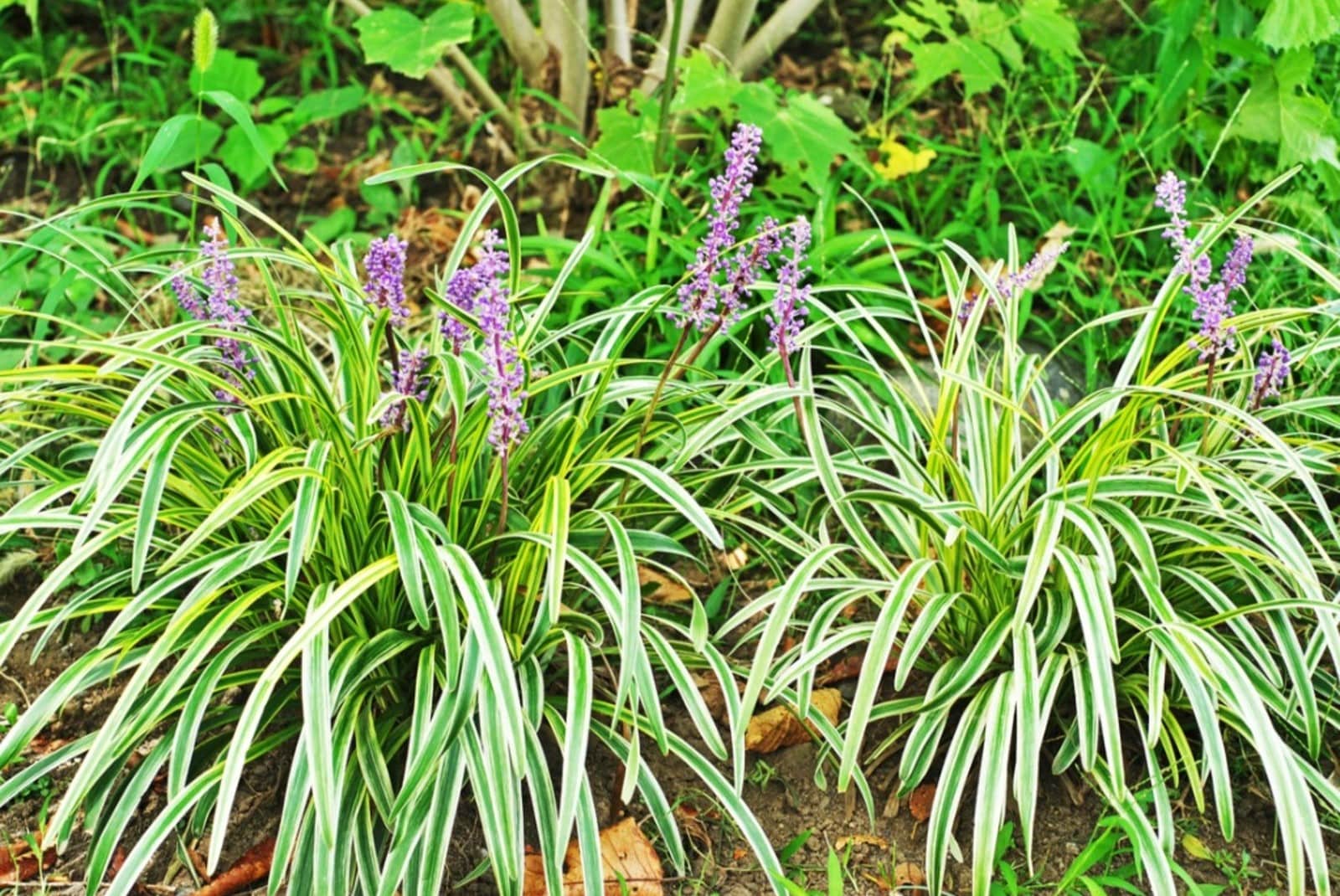
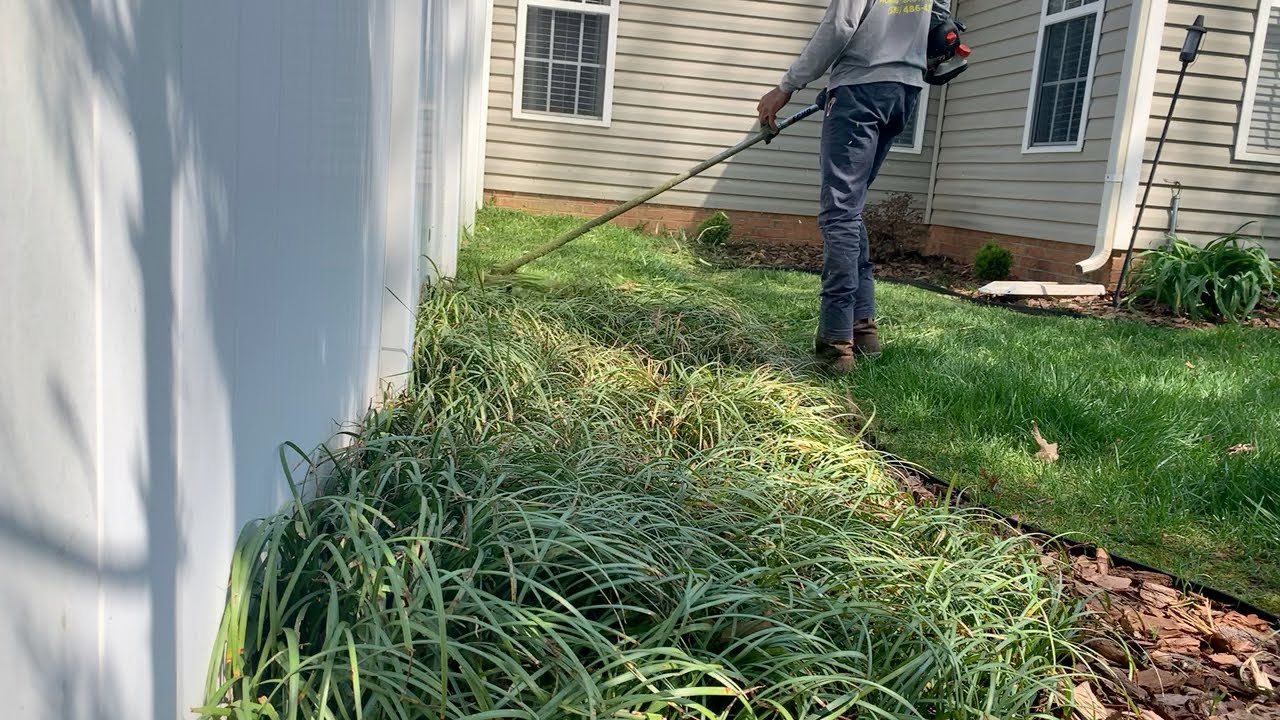
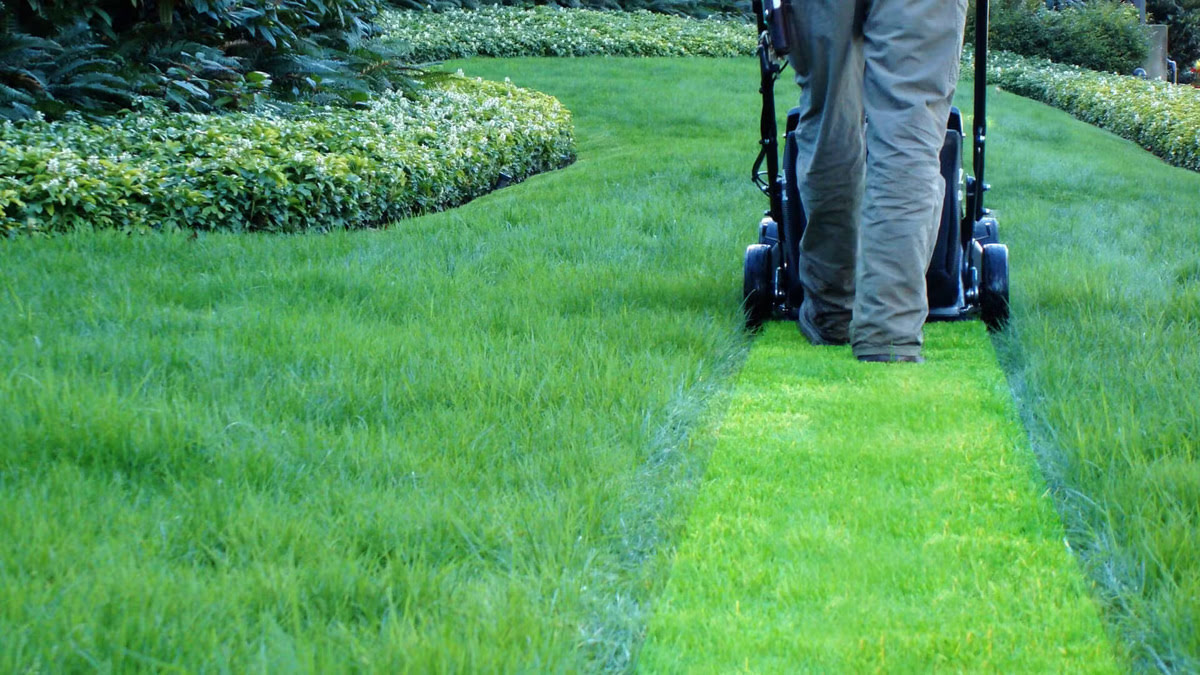
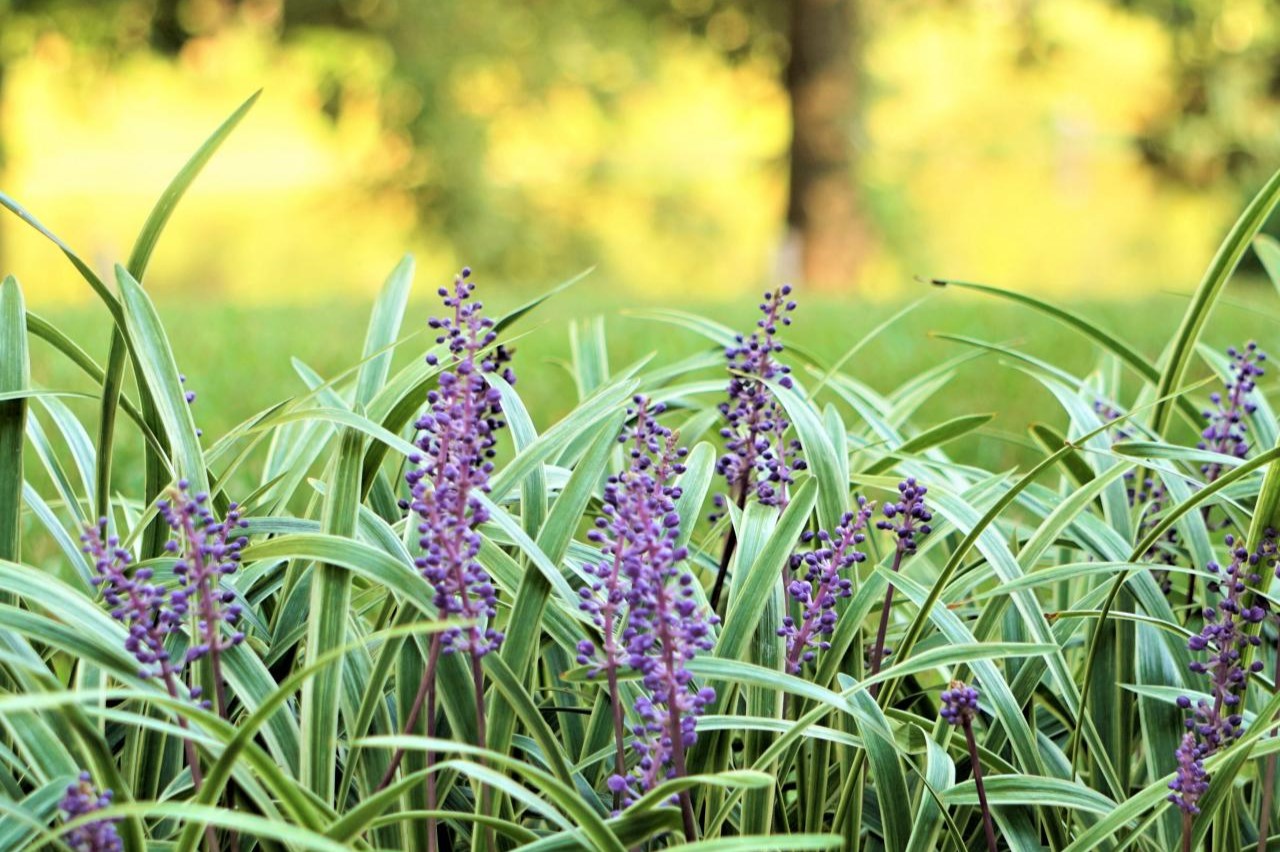
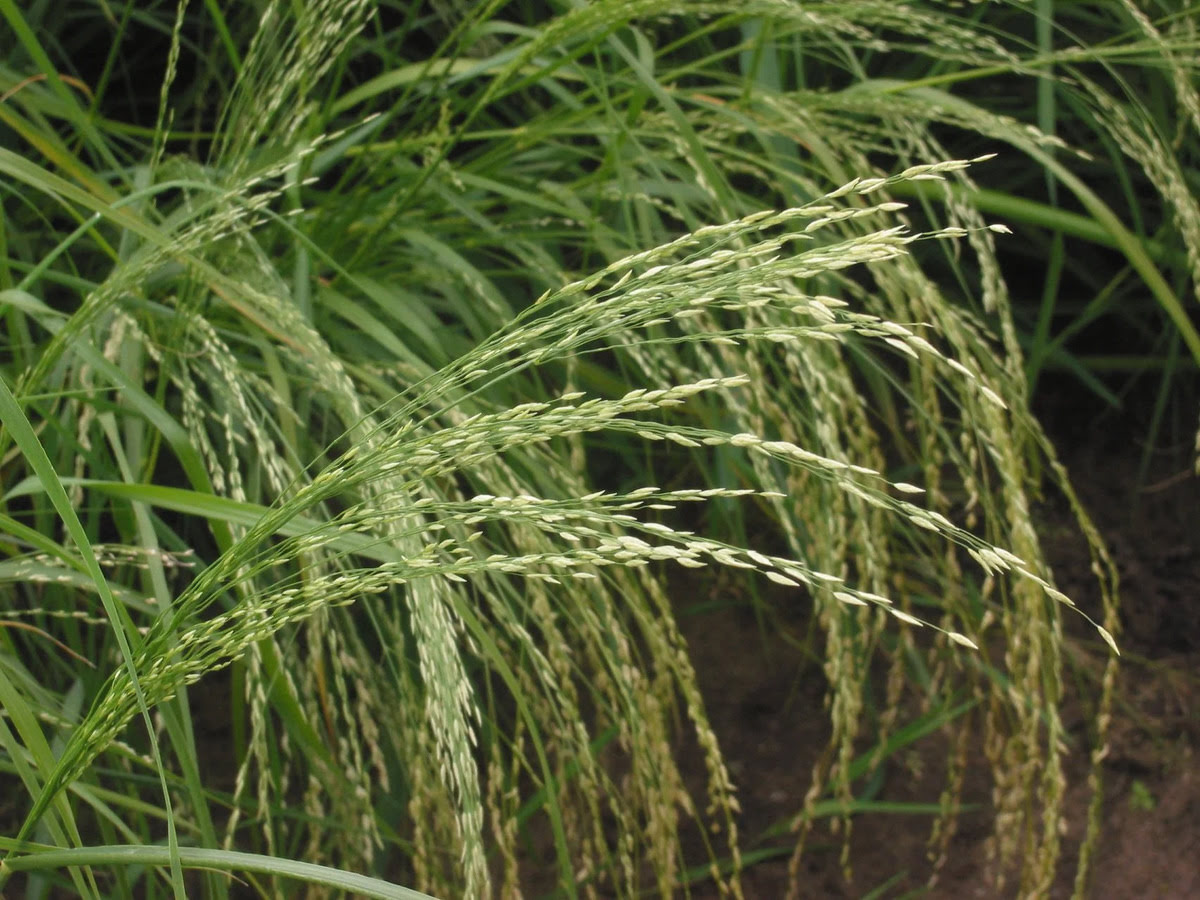
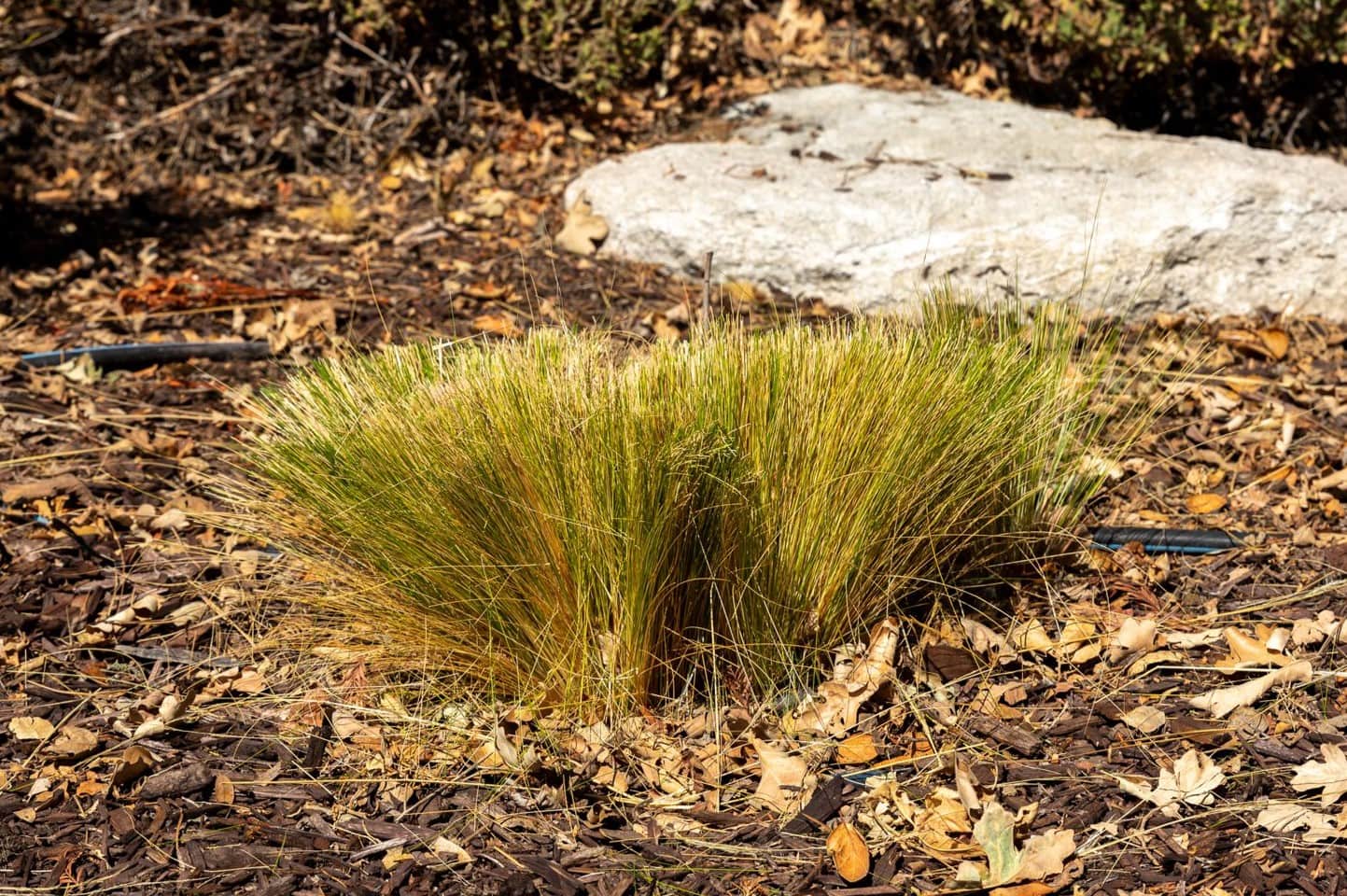
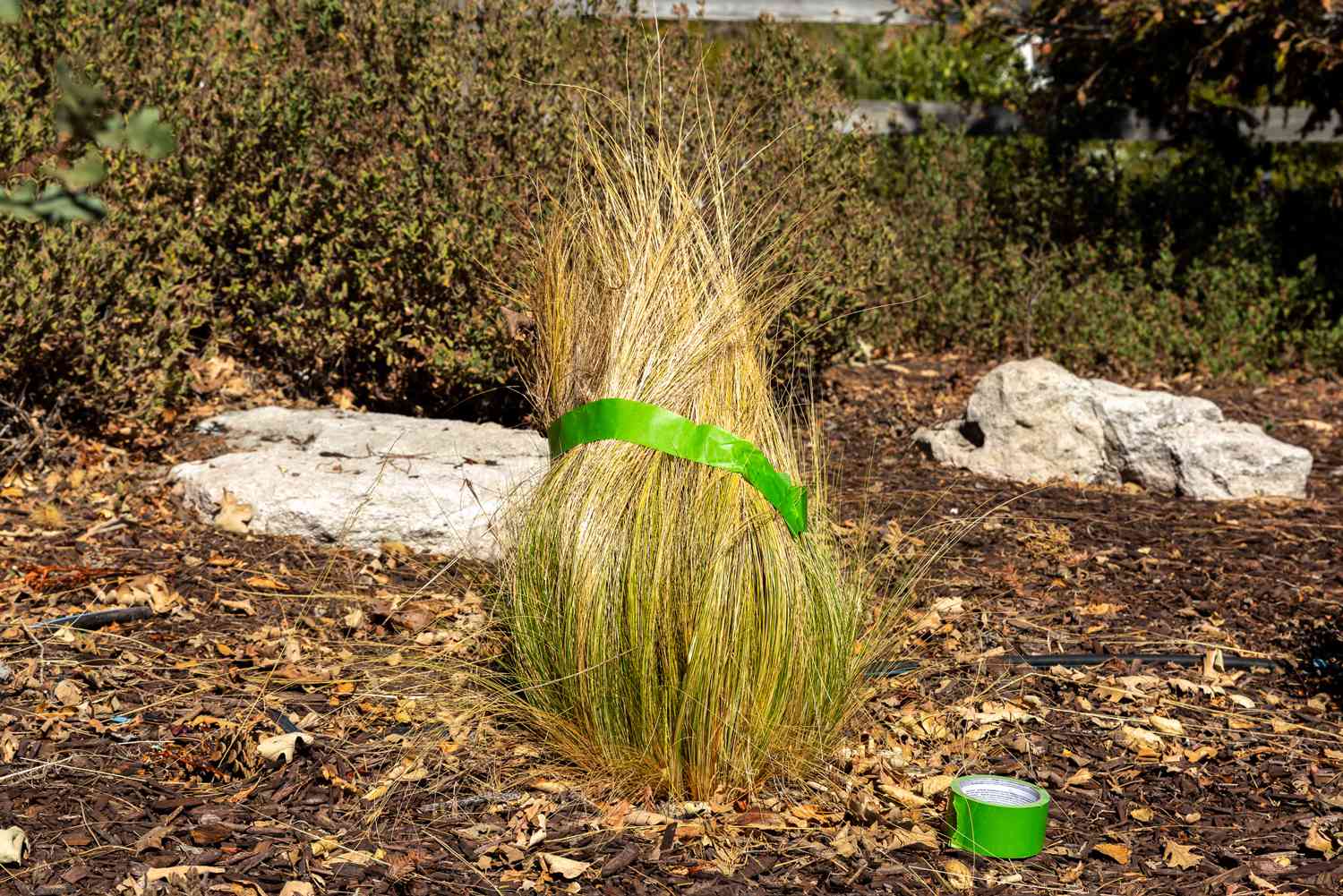
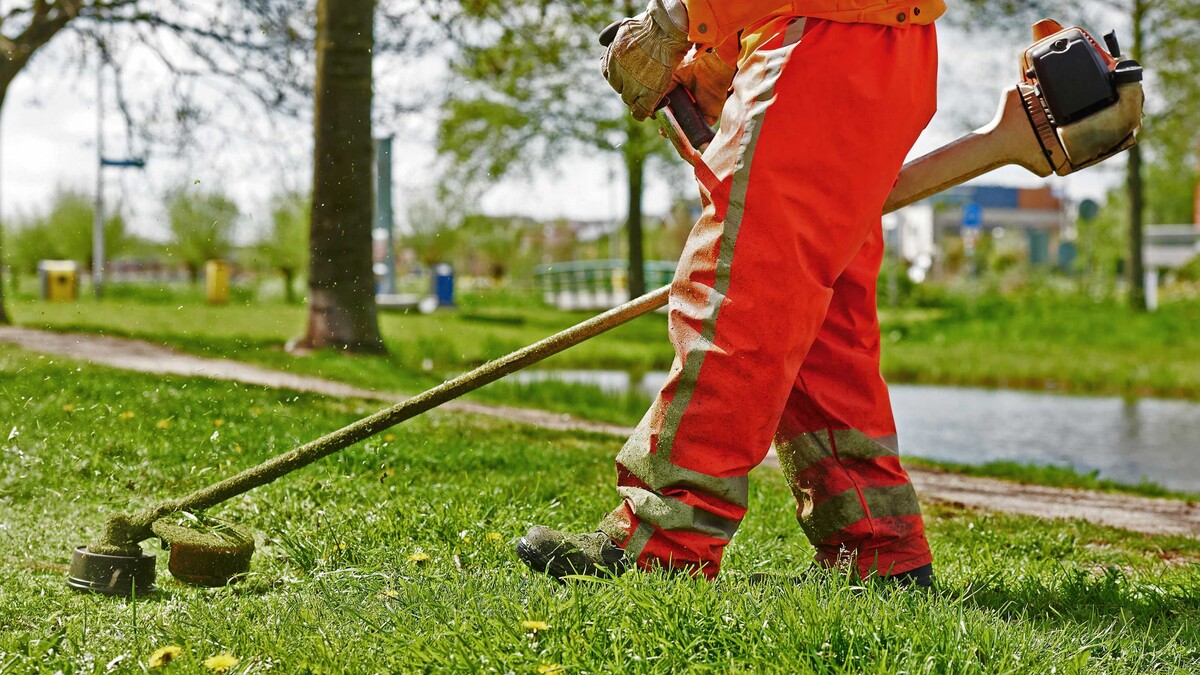
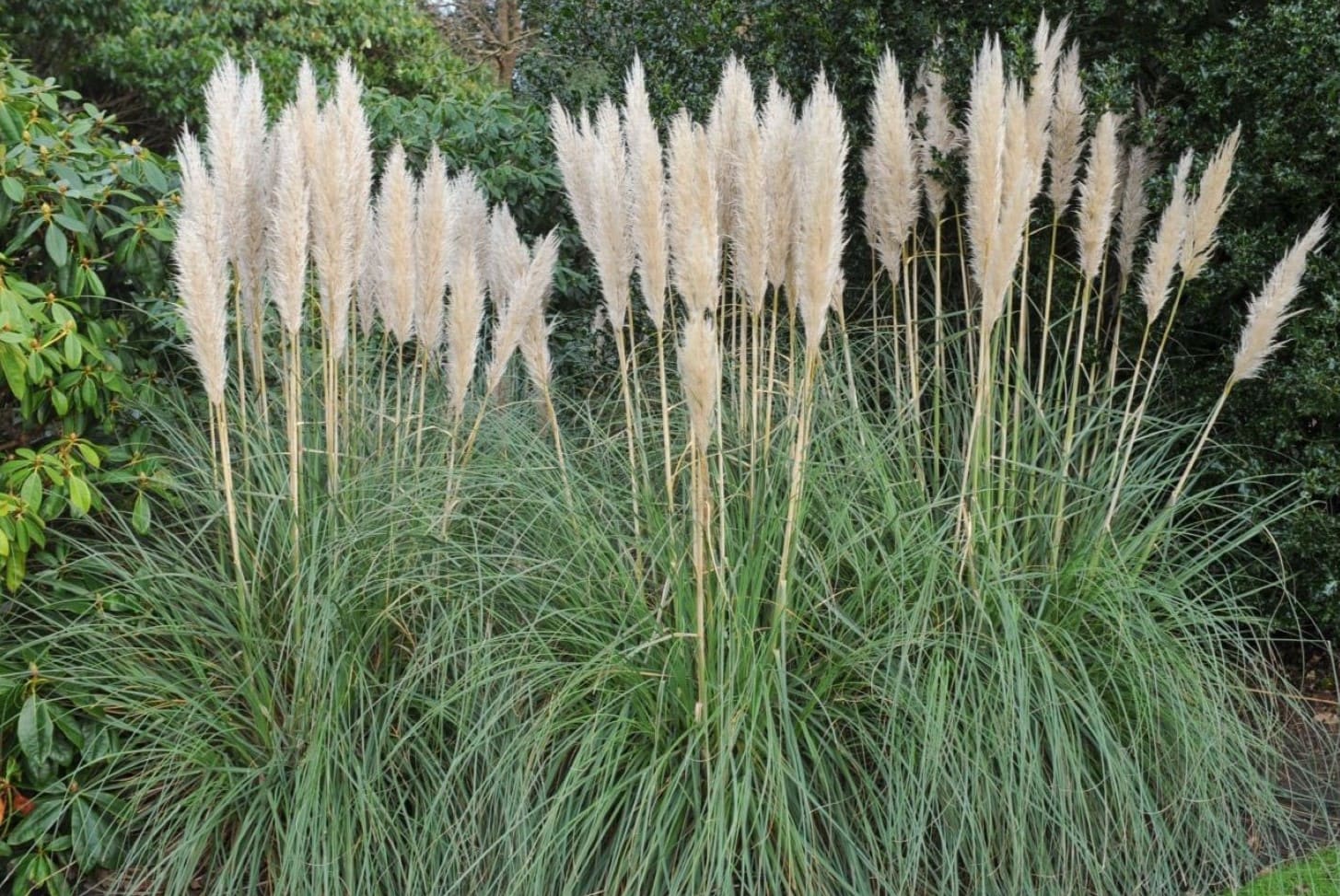
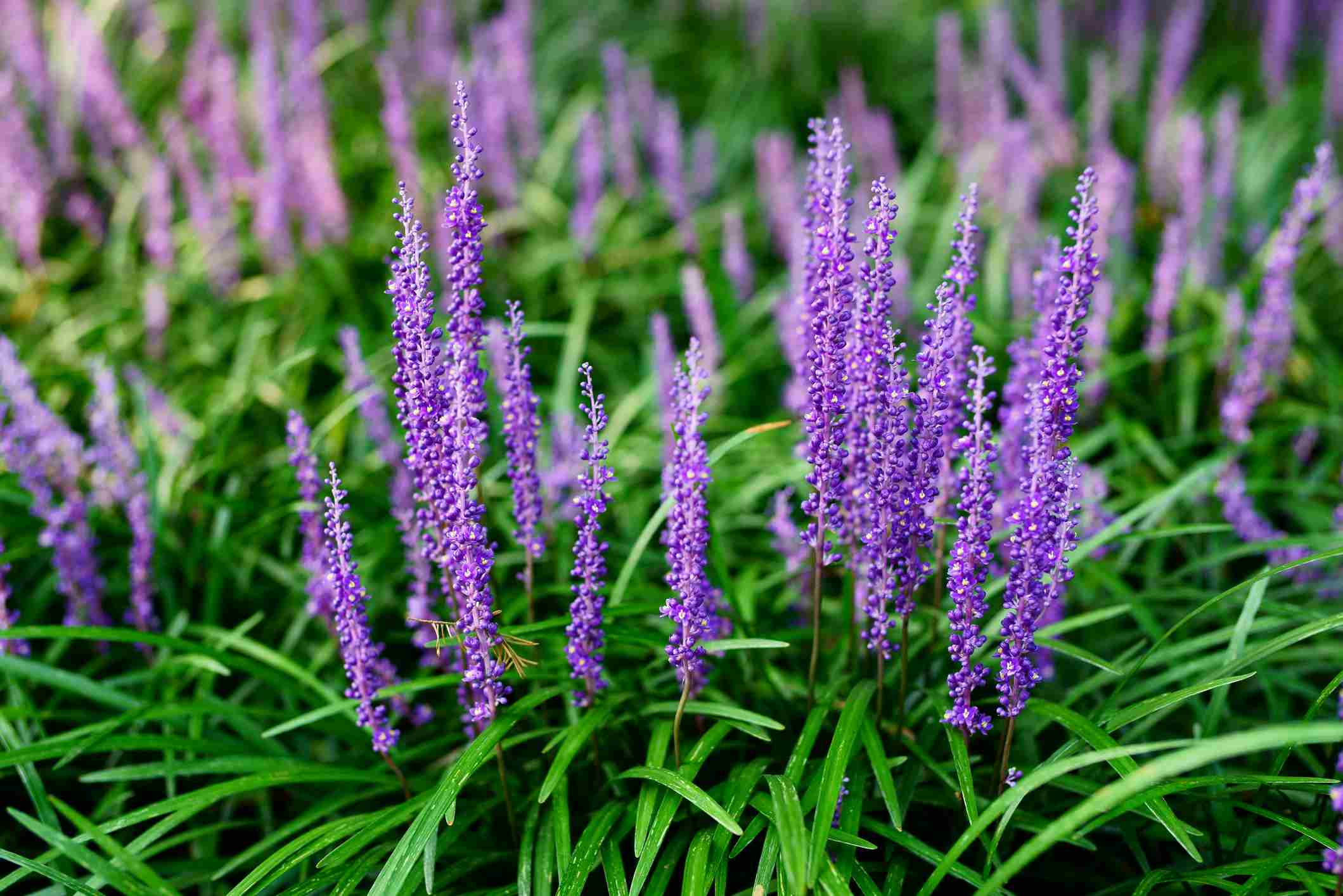
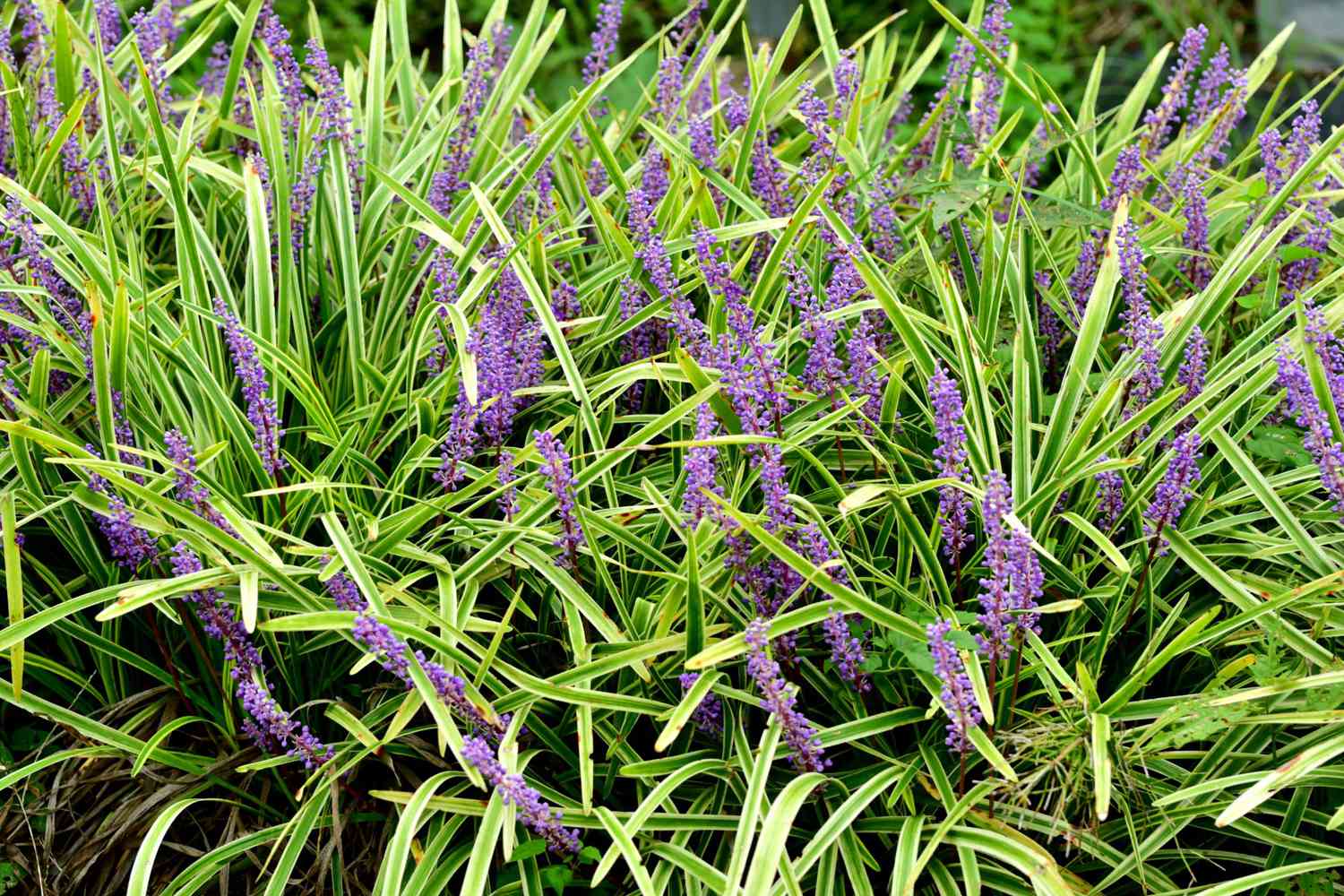
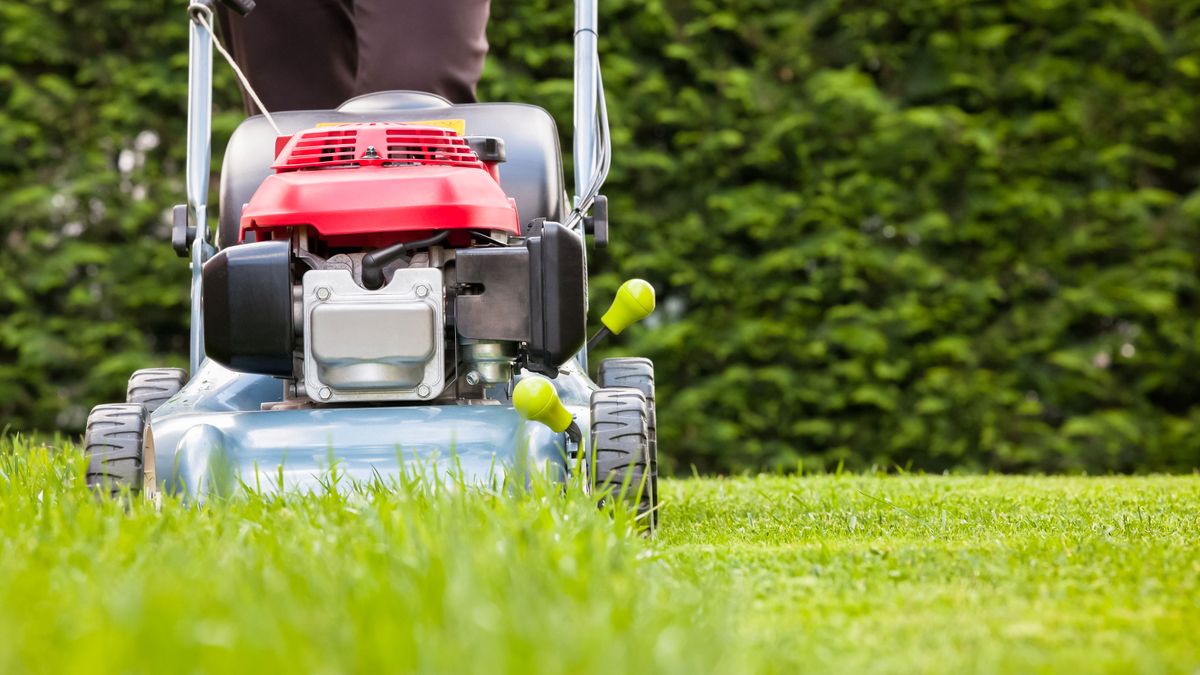
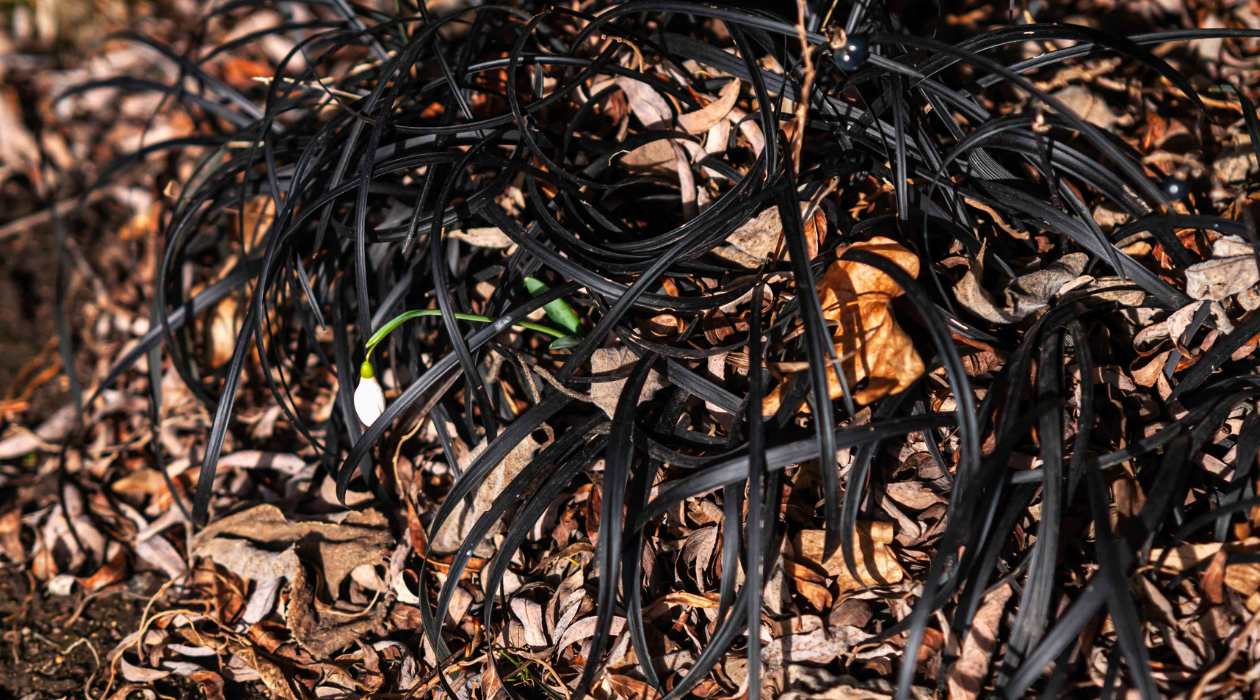
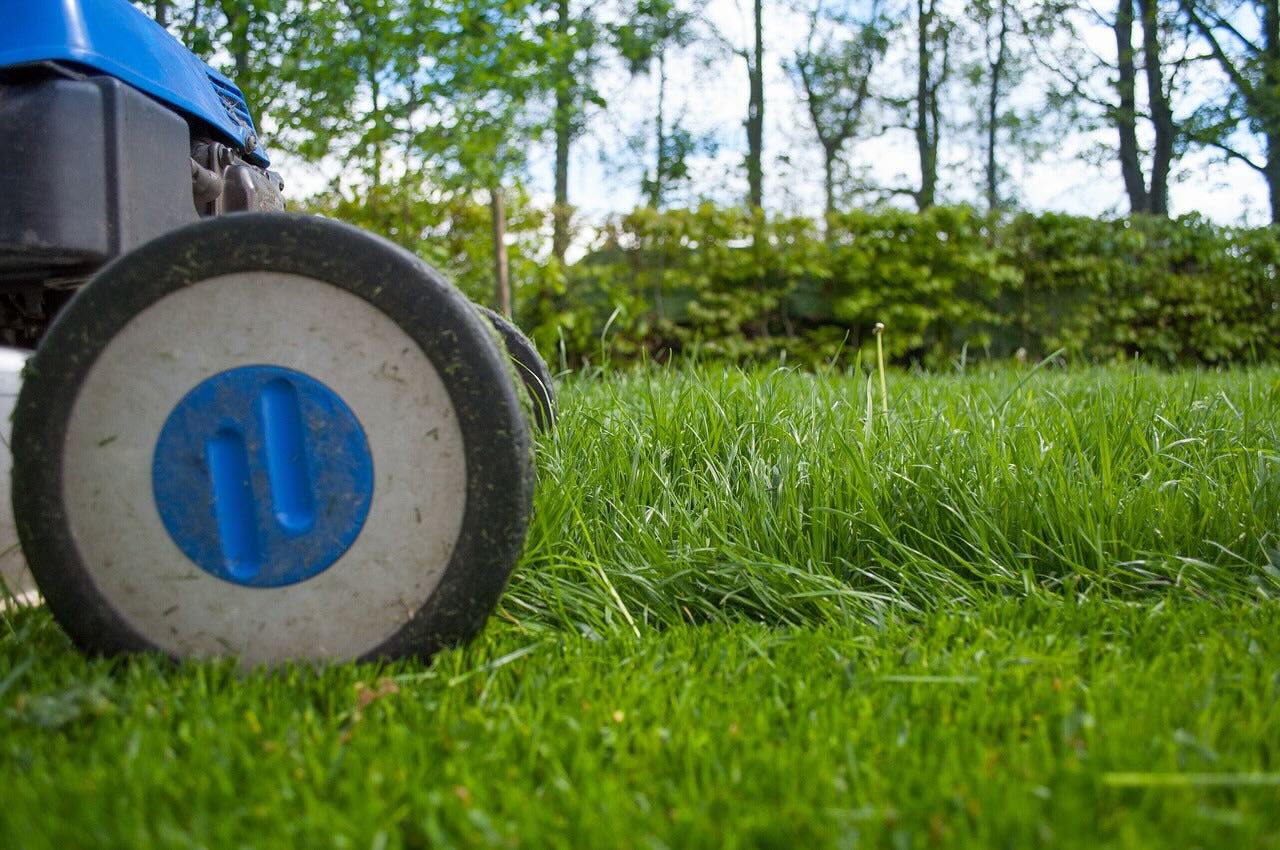

0 thoughts on “When To Cut Monkey Grass”